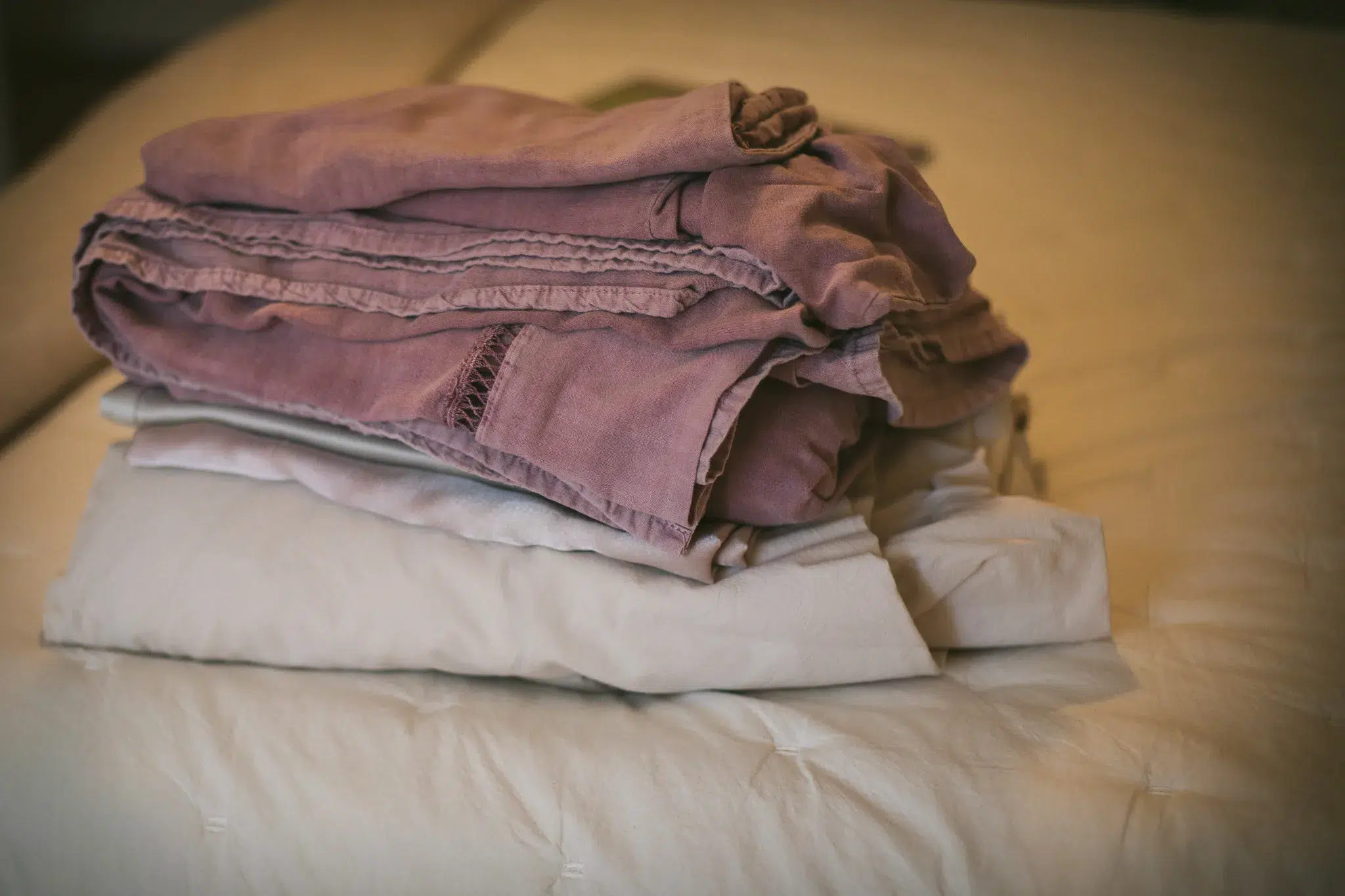
Everyone is a homemaker
If you live somewhere like a house, an apartment, a duplex, with your grandparents, or even in a college dorm, you are a homemaker. Because homemaking is simply cultivating a home. Now, in order to understand this we need to remember the difference between a house and a home. A house is just a location where someone lives, but a home is something much more. A home is any place someone has made their own and even the word evokes much stronger emotions of coziness, family, gathering, comfort, and safety.
You don’t choose to be a homemaker, you are one if you cultivate a home. Intentionally is very important when we discuss homemaking, because homemaking isn’t simply doing your laundry or scrubbing the kitchen sink. It’s those touches that make a house a home and enrich the lives of those who live there so that they are no longer just surviving, but thriving in the space. Like adding cozy blankets to the couch or ensuring there is always fresh bone broth in the fridge. Homemaking is the nourishment of a home so that it becomes a safe haven of restoration.
Busting a few myths
Myth: homemaking is only for women or wives
Everyone from the bachelor living in a condo to the widow helping out with her grandkids is a homemaker. So no, you do not need to be a woman or a wife. In fact, I have known many men who cultivate thoughtful, cozy, and inviting homes and women who neglect their homes in favor of other pursuits. Everyone is a homemaker.
Myth: homemaking is about cleaning
A clean and tidy home is foundational to its success, but that is just the beginning of homemaking. When our homes are clean, we have the capacity to create and relax there. The homemaker develops the luxuries and comforts of the home beyond cleaning so that it is a place of joy and beauty.
Myth: You need to be a “type A person” to be a homemaker
Homemakers have many different strengths and weaknesses. Yes there are the organized and scheduled homemakers who thrive on meal plans and label making, but there are also relaxed, creative homemakers who sew curtains or collect dusty piles of vintage books. It really does take all types and while a little bit of organizing and planning is necessary to run a home, some creativity and softness are also needed.
Myth: Homemakers have to be “crafty”
This one is simply untrue. Every home has its own culture and style. Some homes are bursting with art projects and handcrafted beeswax candles, while others ooze a sophisticated comfort from gorgeous matching glassware to the plush leather sofa. Of course there is also everything in between. Let go of your preconceived notions and make your home the way you want it to feel.
An art and a science
Homemaking is an art and a science. It requires creativity and flexibility as well as thoughtful planning and calculation. A good homemaker can adapt to challenges(the shrimp for dinner went bad, the cat peed on the bed!) and can plan for success (spreading cleaning throughout the week, always keeping the guest room ready for last minute guests). Of course these habits and routines come with time and experience. As we learn our homes, our families, and our own preferences, we can walk the delicate balance of art and science.
“The newly married are not long within their own doors before they find that something more than tender sentiment is needed to make their home-life a success”
Homemaking by JR Miller
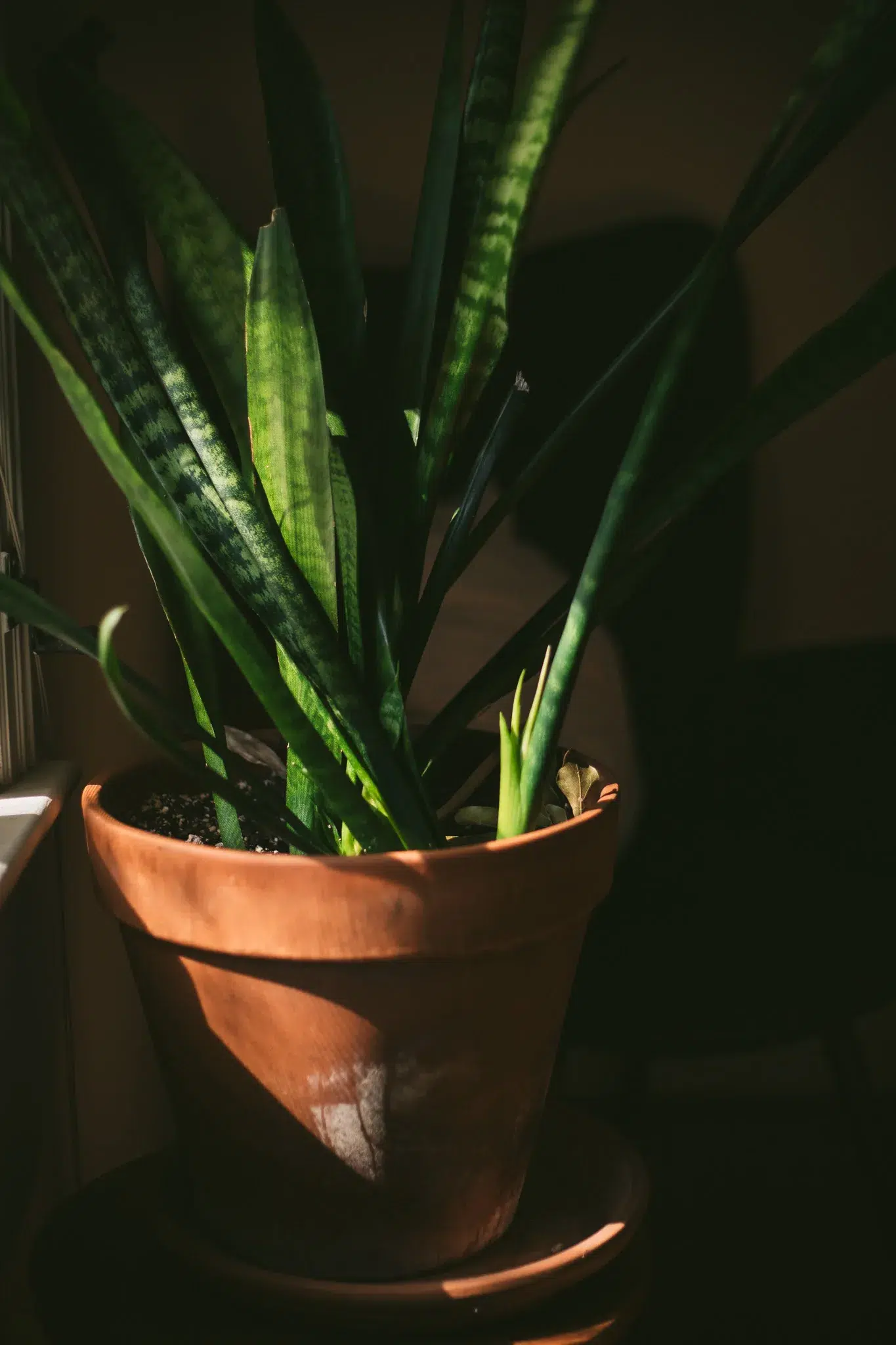

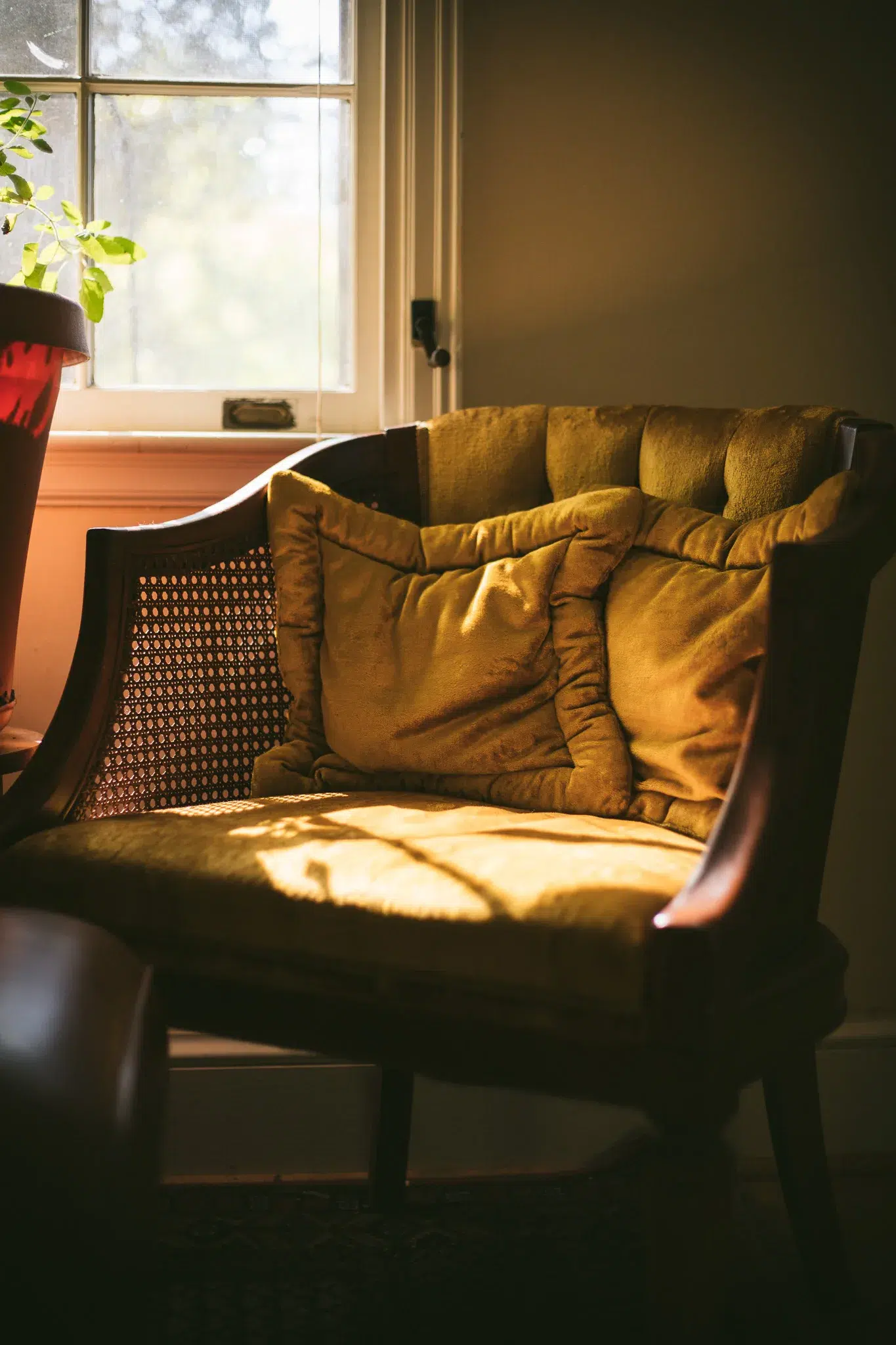
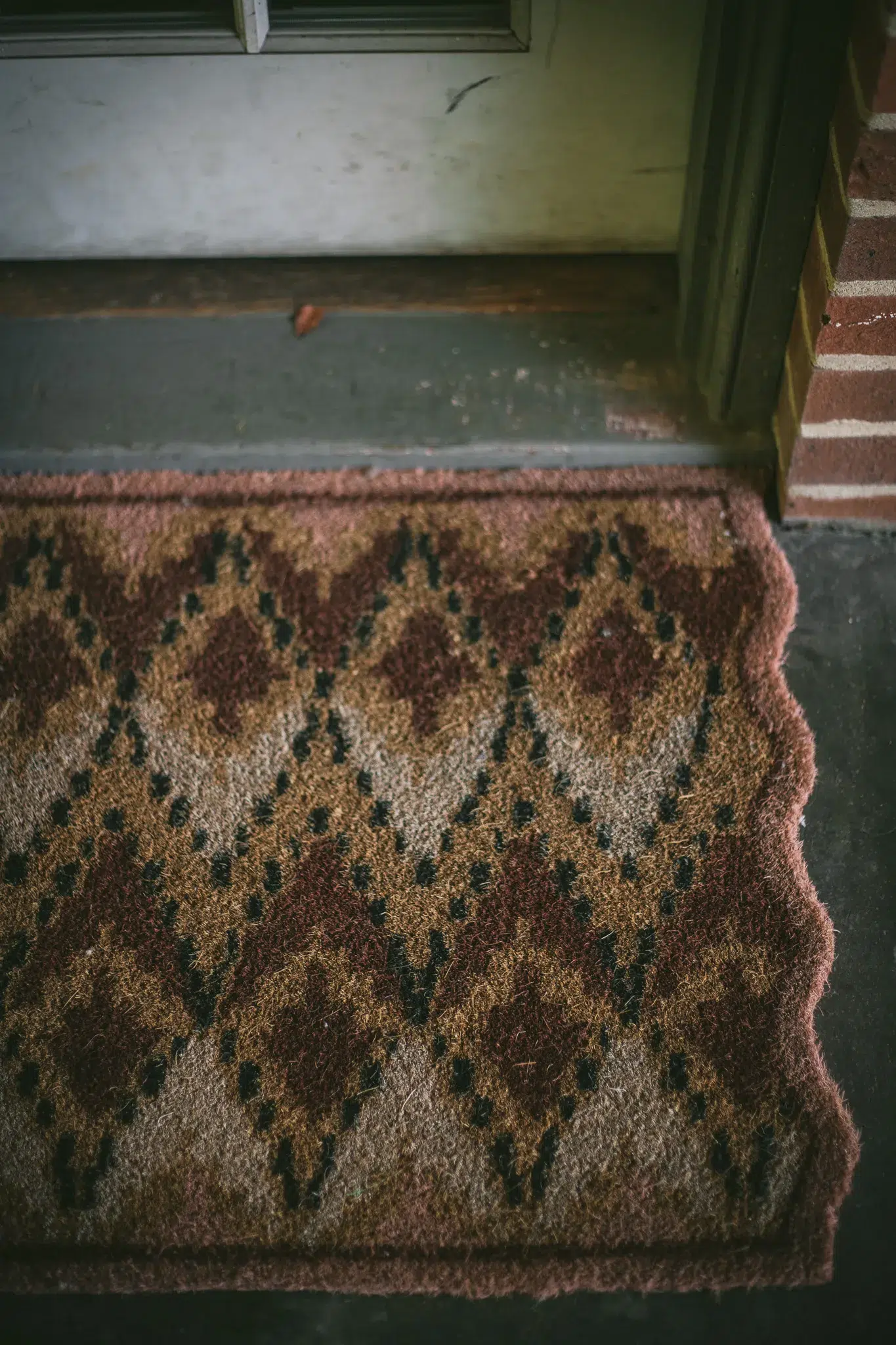
Routines of homemaking
I have found that daily, weekly, and monthly habits and routines are essential to keeping a home. For example, when I keep up with my cleaning schedule, I am more relaxed and have more time for other things throughout the week.
Cleaning
Making a cleaning schedule is one of my best tips for new homemakers. This is something I have done since I lived in a college dorm and it has worked really well for me. I section my house by rooms and clean one or two rooms per day. Some spaces I alternate cleaning each week, like bathrooms, but some areas need a deep clean every week, like the kitchen. Remember: what this looks like for you depends on your individual home and personality.
Laundry
This one really depends on how much volume you have in your home. Right now, it’s just my husband and I, so we will run laundry whenever it piles up. If you have more people, consider adopting a laundry schedule: Monday: towels, Tuesday: sheets, Wednesday: kids laundry, etc. This is a great way to keep the laundry moving, and not end up doing 4 hours of folding on a Saturday.
Meals
I love to create a guideline meal plan at the beginning of each week before we go to the grocery store. I say “guideline” because the plan is subject to change if something comes up, we have leftovers we need to eat, or what I planned doesn’t sound good the day of. I grab a notebook and make a few columns: food we already have and need to eat up, meal plan for the week, grocery list. I start by listing all the food we have in the fridge/larder that needs to be eaten soon and base my meals off that list. Then as I make my meal plan, I add to the grocery list. I do all of this in the kitchen so I can reference the pantry and fridge as well as the existing grocery list I keep on the fridge.
Stocking the larder
I wrote an entire blog about stocking the larder that you can reference here. I am passionate about keeping a well stocked pantry so that meals easily come together without having to purchase a ton of ingredients every time.
Decorating
I love decorating my home, but too much decor can get cluttered, overwhelming, and expensive. This is why I get most of my decor and furniture at estate sales and thrift stores. This is a great way to add unique pieces to your home without breaking the bank. Remember that getting the look and feel you want takes time, so be patient as you search for items.
I don’t like to have lots of seasonal decor in storage or cluttering my house. Of course we have a box of Christmas ornaments and some twinkle lights, but I will mostly use natural or handmade decor like pinecones, pumpkins, dried flowers, crochet garland, dried orange slices, candles, etc. This keeps things feeling seasonal and festive without feeling too commercial or cluttered. I also love to use items I already have to decorate for the seasons. During Christmas time I might stack red and green books on the mantel, in the summer months, I will pull out my pressed wedding flowers to display.
I like to make sure there is always a big cozy blanket in each room and we have lots of lamps for soft warm light to set the tone. I keep a box of tissues in every room as well as a few books or magazines so our home feels inviting and lived in. I also like to have comfortable seating everywhere. In the kitchen we have a pair of soft velvet chairs where we have coffee together on the weekends, or guests visit while we make dinner. These kinds of touches are what makes a house a home.
This post may contain affiliate links, which means I make a small commission at no extra cost to you. You can view my Privacy Policy Here.
Resources and tips for good homemaking
Stations
We use the concept of stations constantly in our home. In our bedroom, my husband has a station (a small leather tray on a shelf) where he keeps his keys, wallet, and watch. This method keeps these essential items together and always in the same spot. We also have a coffee/tea station where people can make drinks away from the main part of the kitchen. In the basement we have a cat station where we keep food, water, litter, litter box, cleaning products, and trash bags for all kitty related feeding and cleaning.
Eliminate the roadblocks
Homemakers are excellent at creative solutions to problems. If you are feeling overwhelmed by decluttering your wardrobe, set a 30 minute timer every day to plug away at it. If your dishes keep piling up, add blocks to your existing routine for washing up. If the basement gets neglected from cleaning, keep cleaning supplies down there and add the room to your cleaning routine. Eliminating the roadblocks to make tasks more convenient or simple goes a really long way!
Quick Tips
I polled a few different homemakers (of a variety of experience levels) for their favorite homemaking hacks:
- Keep a set of cleaning supplies on every floor for your convenience
- Wear gloves to wash the dishes and clean the bathrooms. This protects your skin and also enables you to use really hot water without burning yourself
- Keep a dry erase board grocery list on the fridge for adding things as you remember them
- On nice days, open the doors and windows to air out the house
- Learn to use your crockpot or instant pot
- Keep essentials near the stove: salt, pepper, olive oil, and butter bell
- Try keeping bulk ingredients in jars. It will inspire you to cook with the ingredients and feels much more homey
- Secondary lighting is one of the best ways to make your home feel cozy and warm. Collecting funky lamps from thrift stores is an easy and inexpensive way to achieve this.
Resources for homemaking inspiration
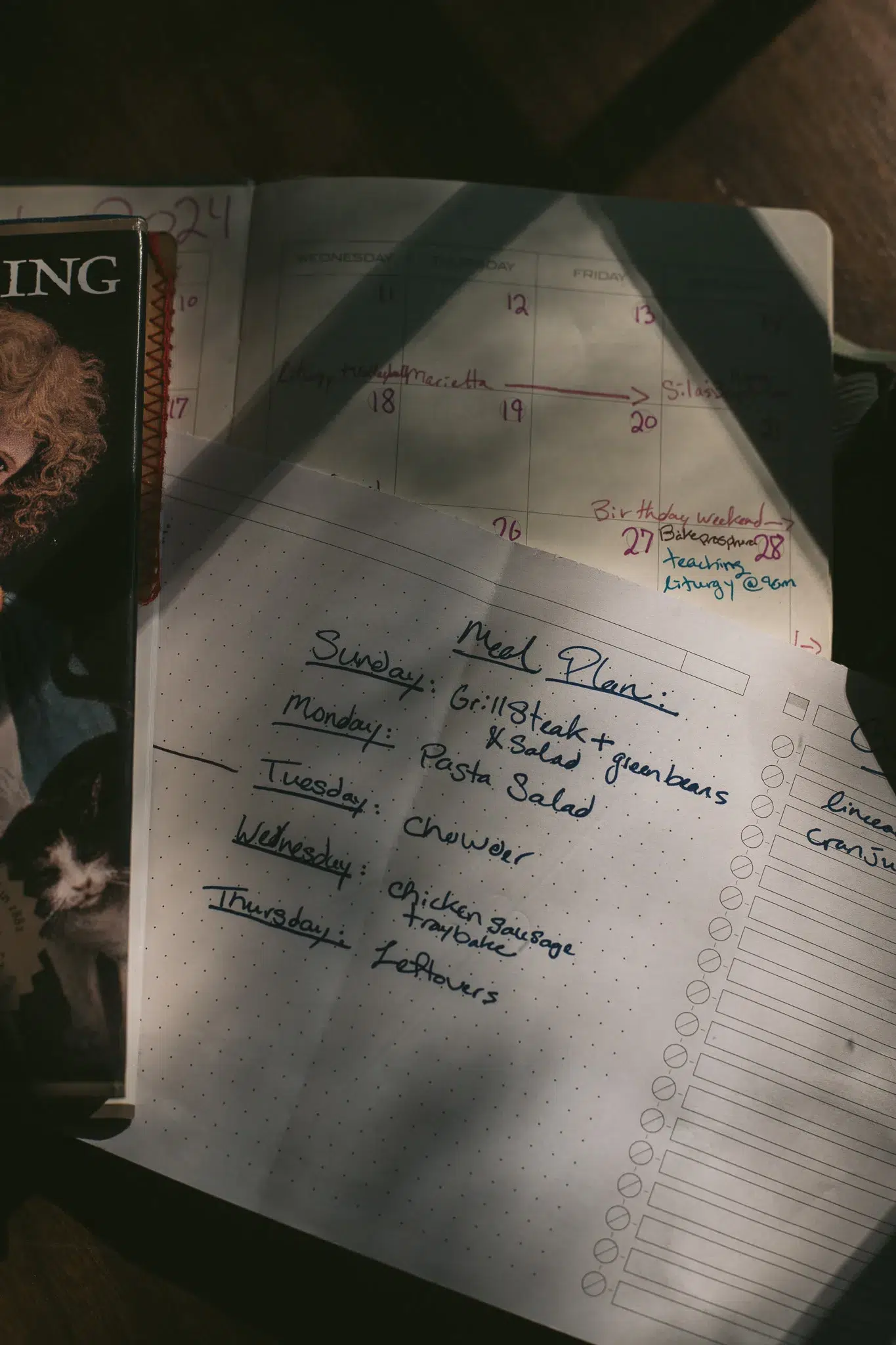
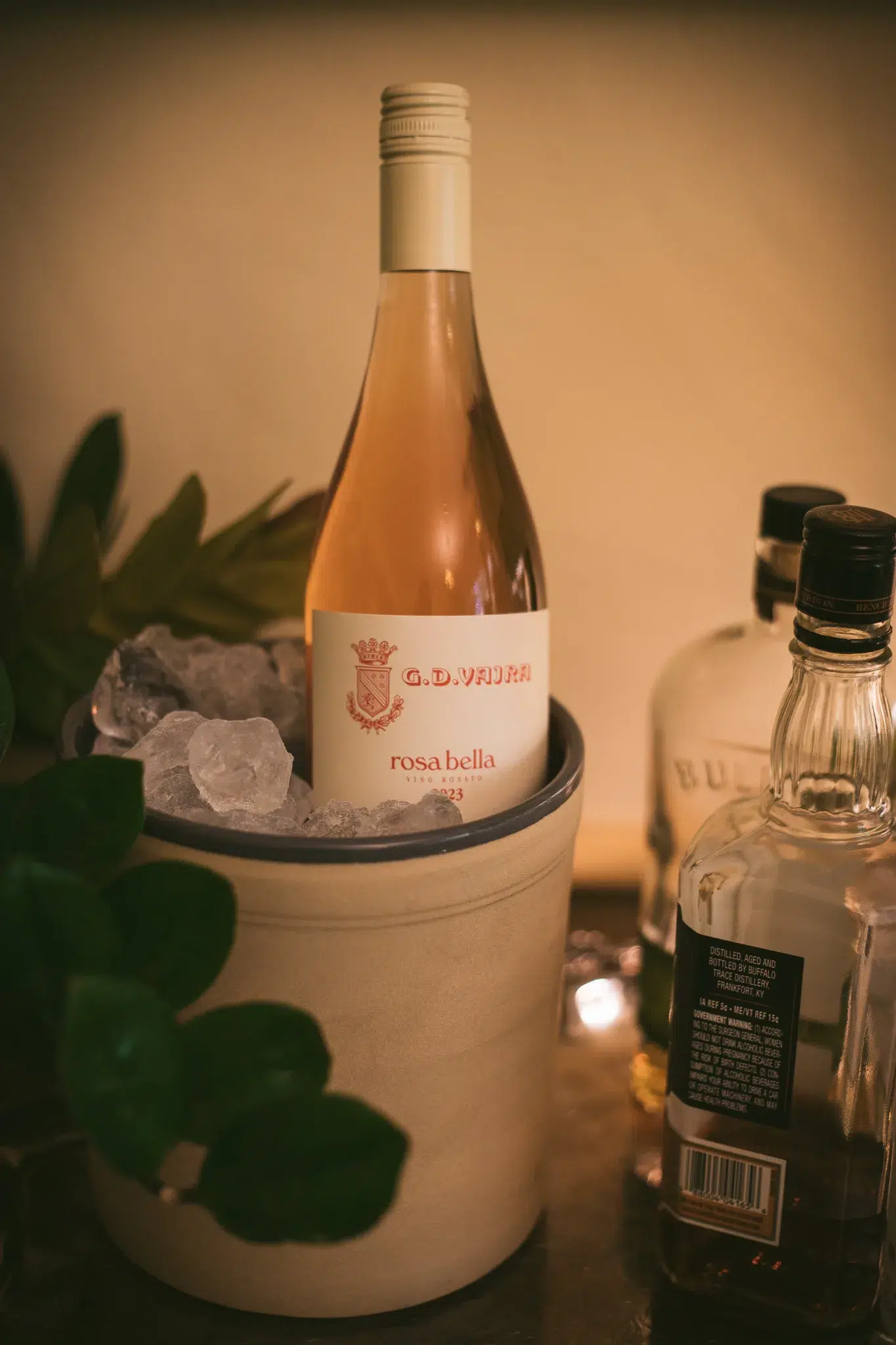
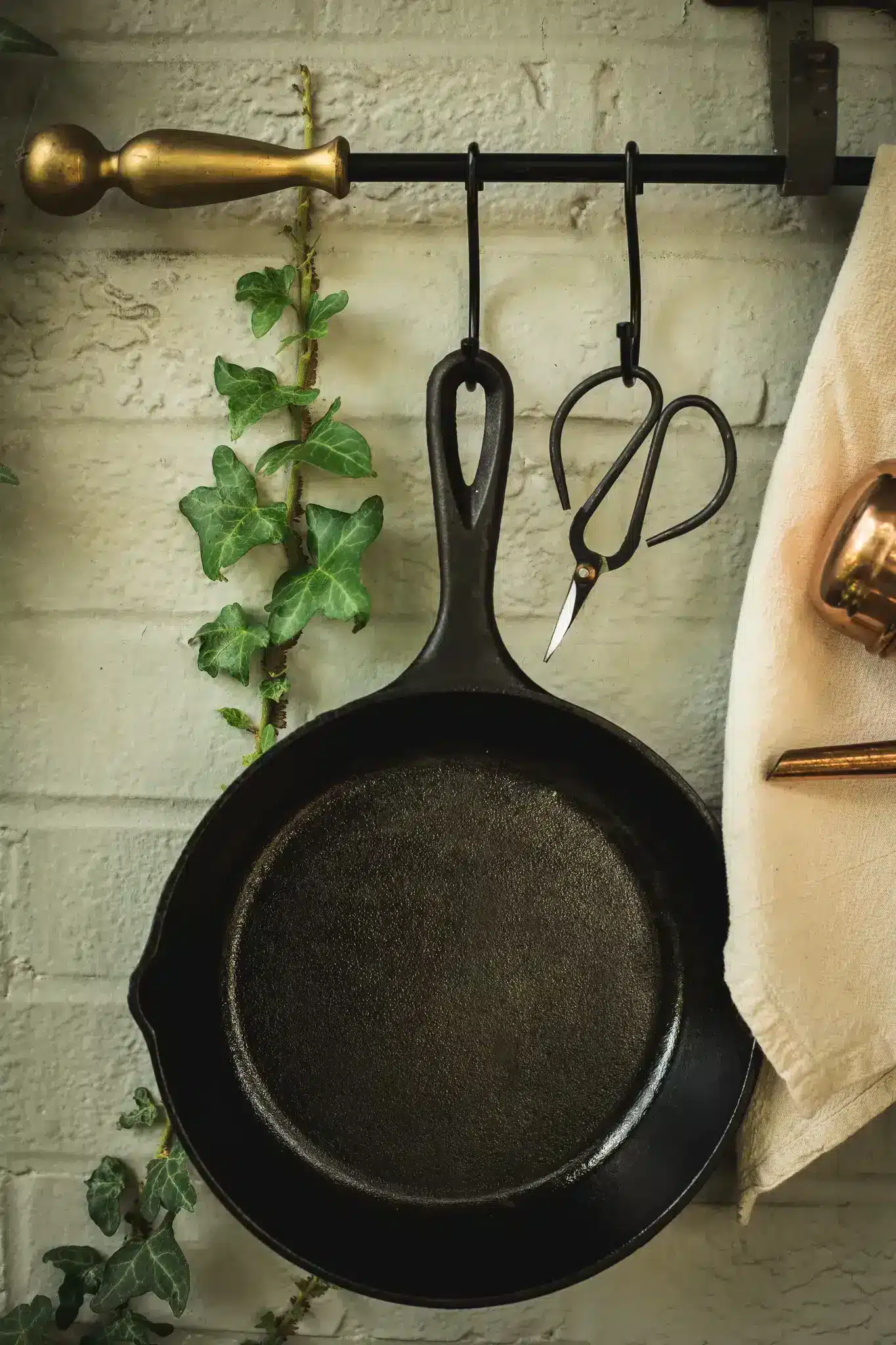
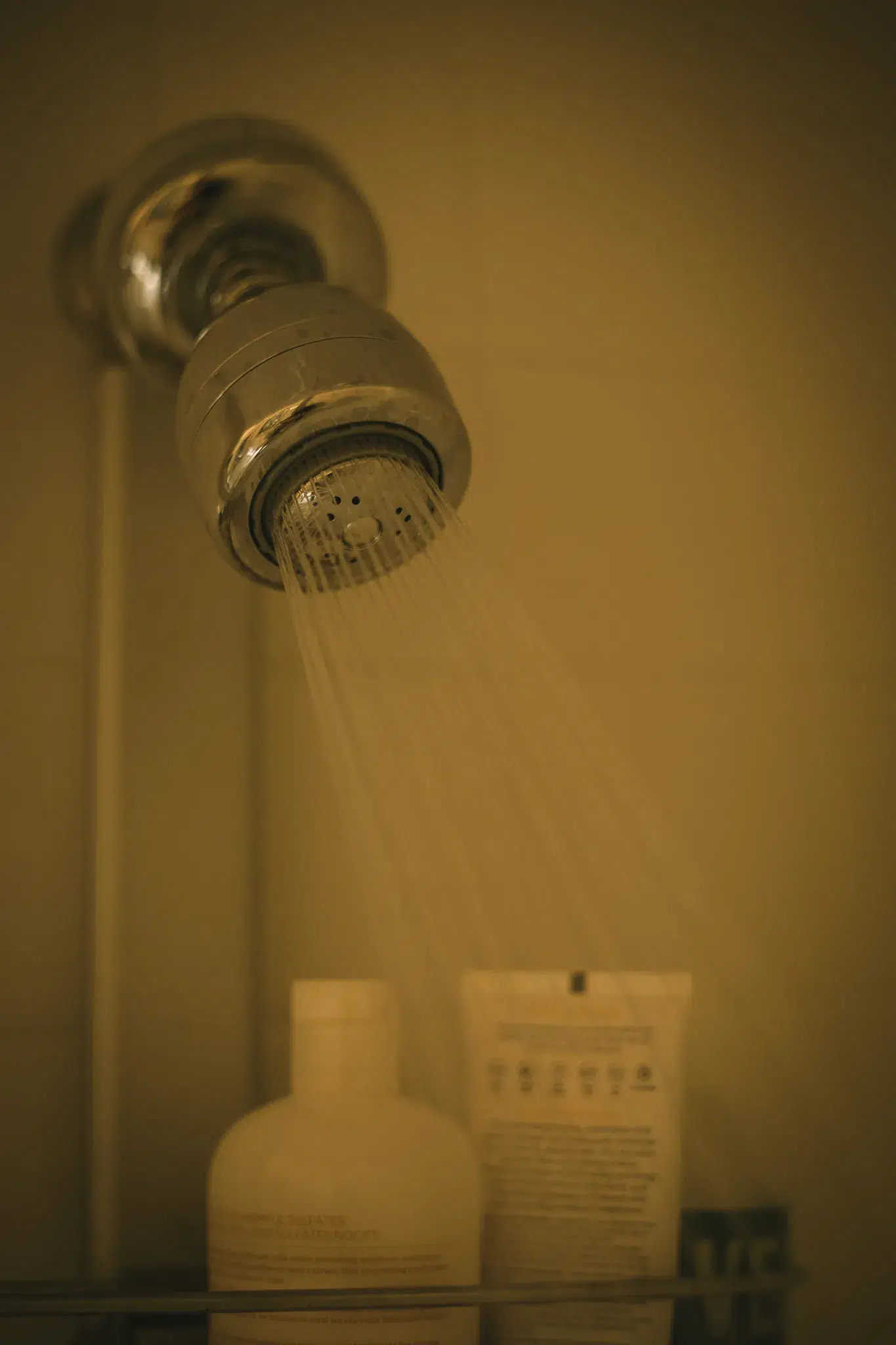
Leave a Reply